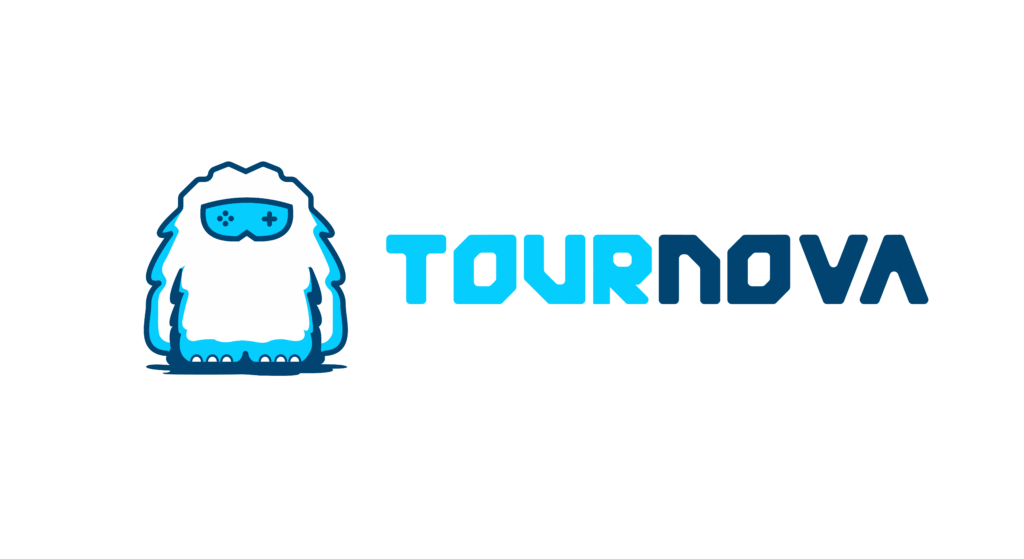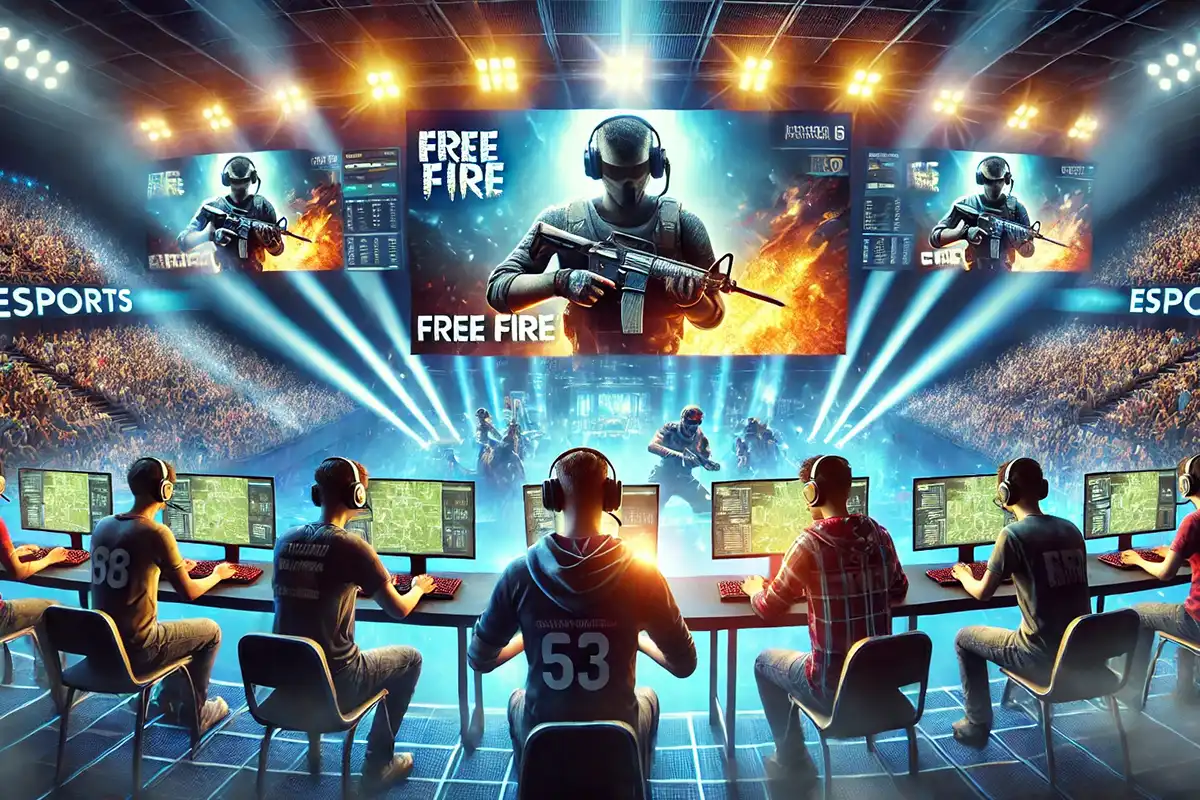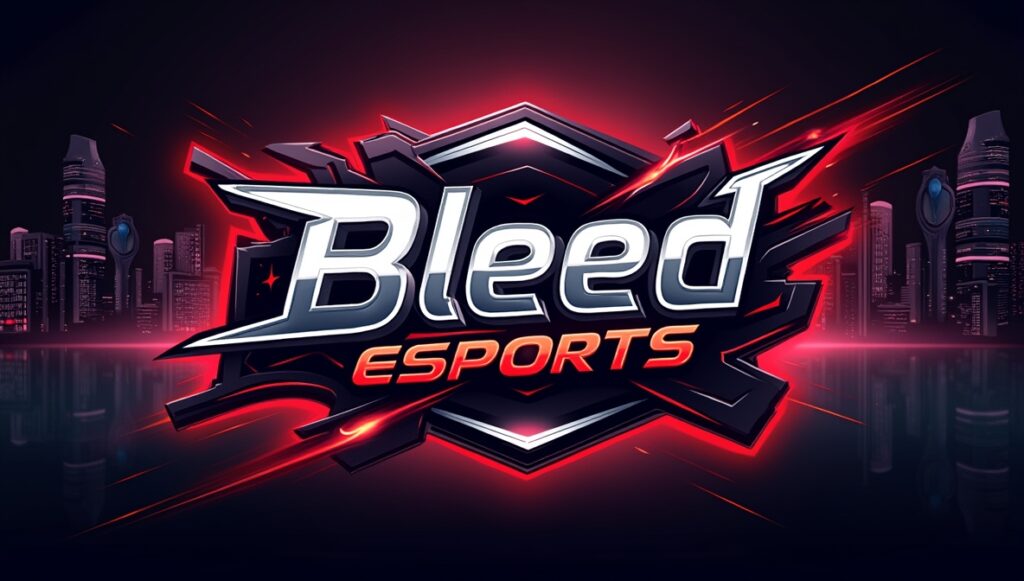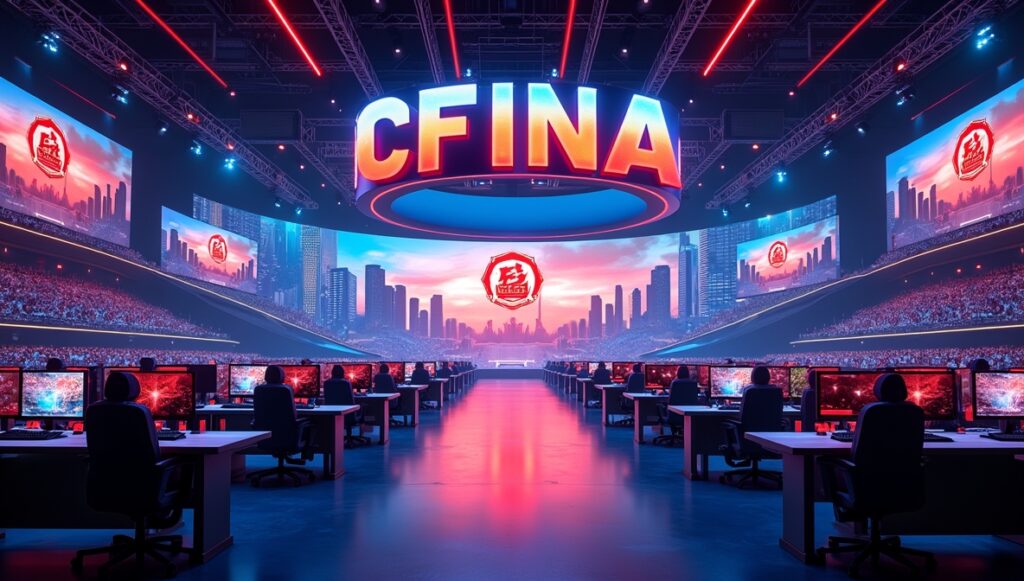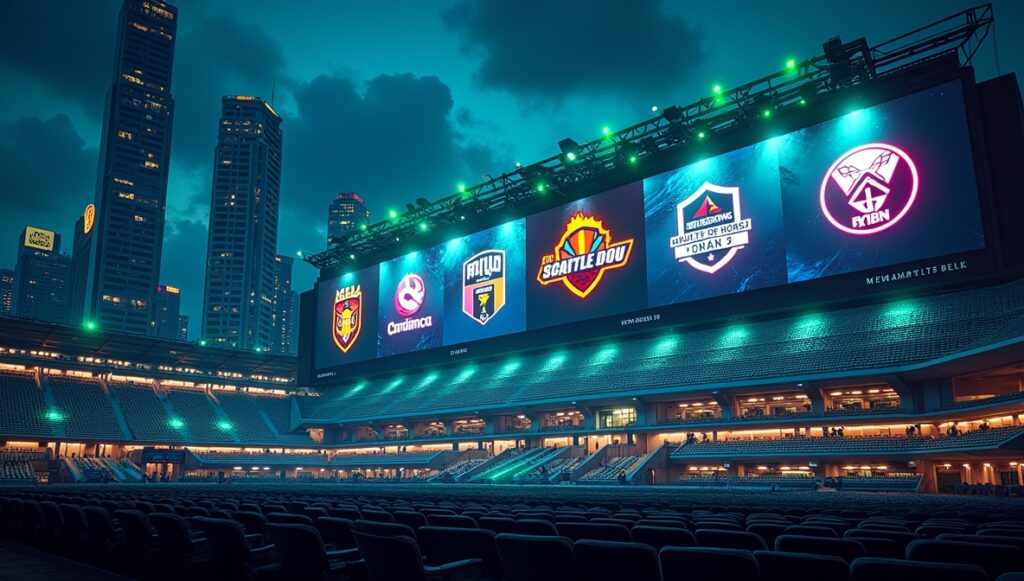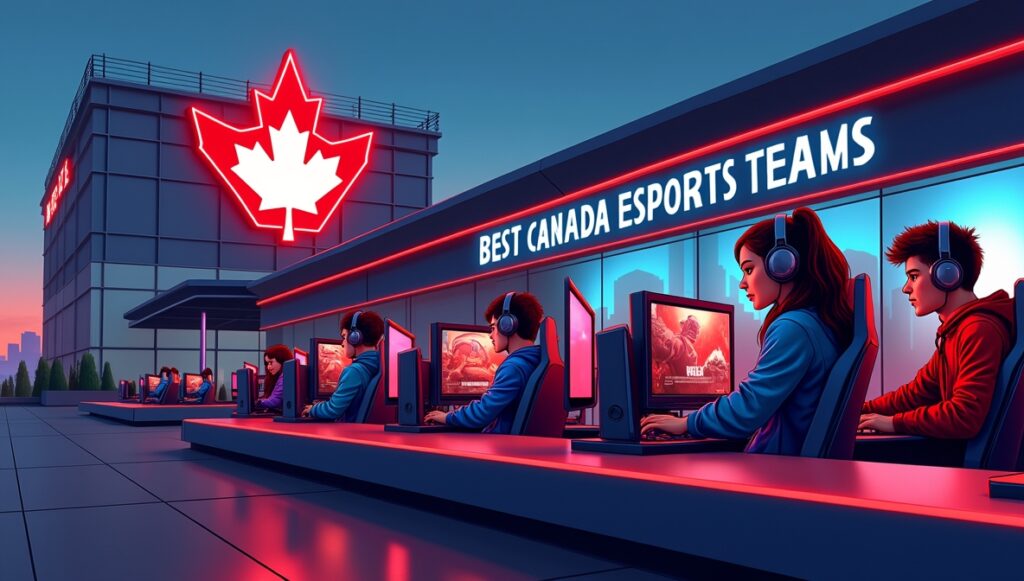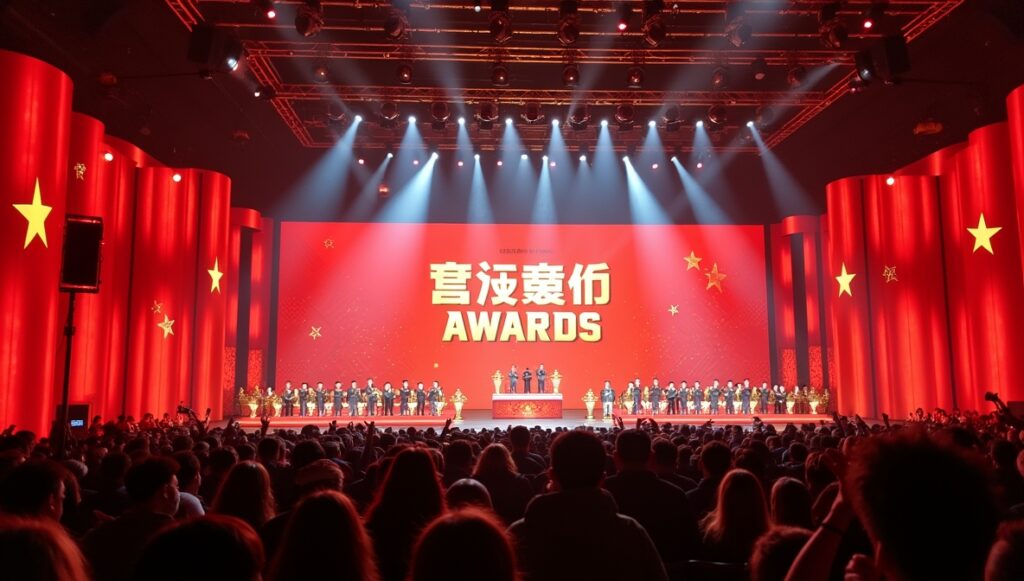Imagine hosting your very first esports tournament, an event filled with excitement, fierce competition, and the thrill of battle. But there’s a hitch; your players are struggling to grasp the complexities of the Free Fire rank list system. This confusion is dampening the competitive spirit and making it challenging for everyone to enjoy the game.
The confusion around how ranks work can lead to frustration and lessen the enjoyment of your tournament. Players often wonder about the specifics of rank progression and what it takes to advance. Without a clear understanding, participants can feel lost or demotivated. This guide promises to demystify the rank list, offer strategic insights, and equip you with everything needed to create an engaging tournament experience. Let’s dive into the intricacies of Free Fire’s rank system and how you can level up faster!
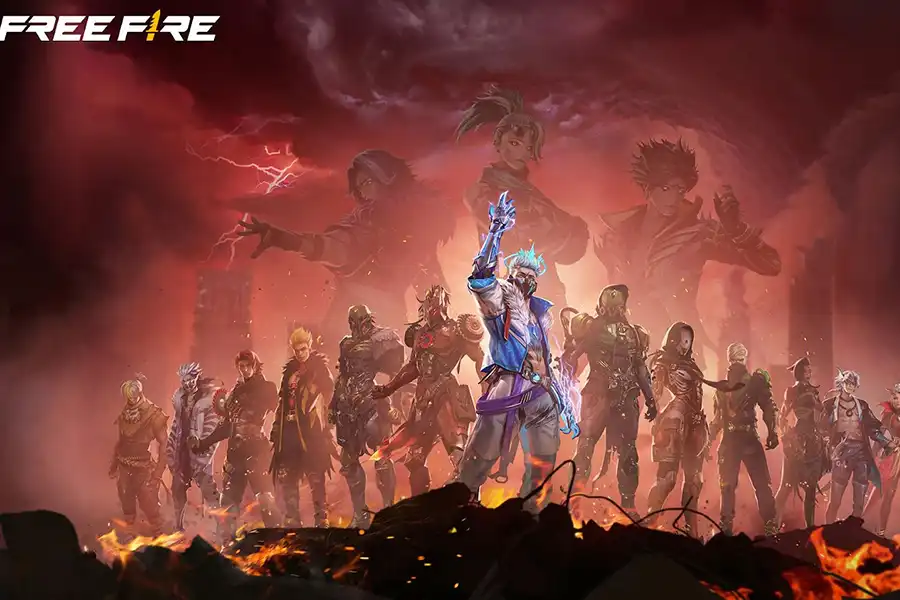
Free Fire Rank System Overview
Free Fire’s ranking system is a crucial component of its competitive play, designed to categorize players based on skill and performance. The system consists of several tiers, starting from Bronze and ascending to Grandmaster. Each tier is divided into further sub-tiers — for instance, Bronze I, II, and III — with players needing to gain rank points to progress.
As players accumulate more points through successful gameplay via the Free Fire rank list, they move up the ranks, unlocking better rewards and more challenging opponents. Importantly, each rank offers different gameplay experiences and rewards, fostering a sense of progression and achievement. By understanding these dynamics, your tournament can ensure that players are not only competing but also gaining satisfaction from their advancement.
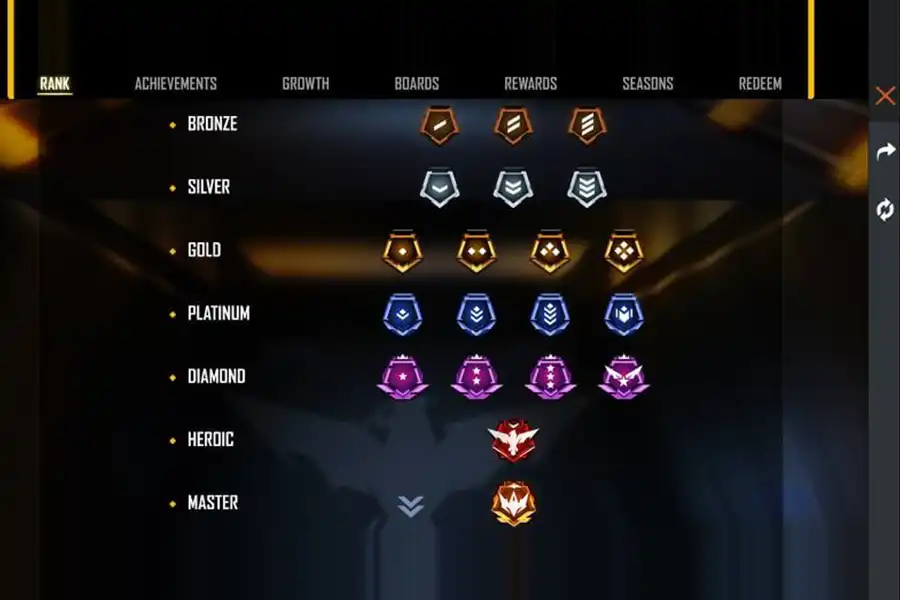
All Free Fire Ranks Explained
Navigating through the ranks from Bronze to Grandmaster requires dedication and strategy. Here’s a breakdown of what each rank entails:
- Bronze: Bronze is the starting point for every player and serves as the foundation. It’s here that players get accustomed to the basics of the game.
- Silver: Players who master the basics progress to Silver, where competition becomes stiffer and requires a better grasp of tactics.
- Gold: Achieving Gold status means players are developing keen skills. This rank introduces more sophisticated gameplay elements.
- Platinum: A step above Gold, Platinum players exhibit strong tactical knowledge and game awareness.
- Diamond: At this tier, players have significantly honed their skills and must continue refining tactics to advance.
- Heroic: Players in Heroic are recognized for their strategic prowess and combat efficiency.
- Grandmaster: The pinnacle of skill and strategy, players in this rank are among the elite, showcasing the highest level of gameplay.
Each rank through the Free Fire rank list requires players to earn a certain number of points, achieved through careful planning and execution in matches. As players ascend, the challenges intensify, requiring more refined tactics.
Battle Royale vs. Clash Squad Ranked Modes
Free Fire offers two main ranked modes, Battle Royale and Clash Squad. Each mode has its own unique ranking system and gameplay style, providing diverse paths to rank progression.
- Battle Royale: This mode is the quintessential Free Fire experience, where survival is key. Players are dropped onto a map and must outlast opponents, capitalizing on strategic positioning and resource management.
- Clash Squad: Here, players engage in tight, fast-paced 4v4 matches emphasizing teamwork and quick decision-making. The ranking system in Clash Squad is separate from Battle Royale, offering a different challenge and ranking experience.
Understanding the differences between these modes helps players decide where to focus their efforts, based on their personal strengths and preferences.
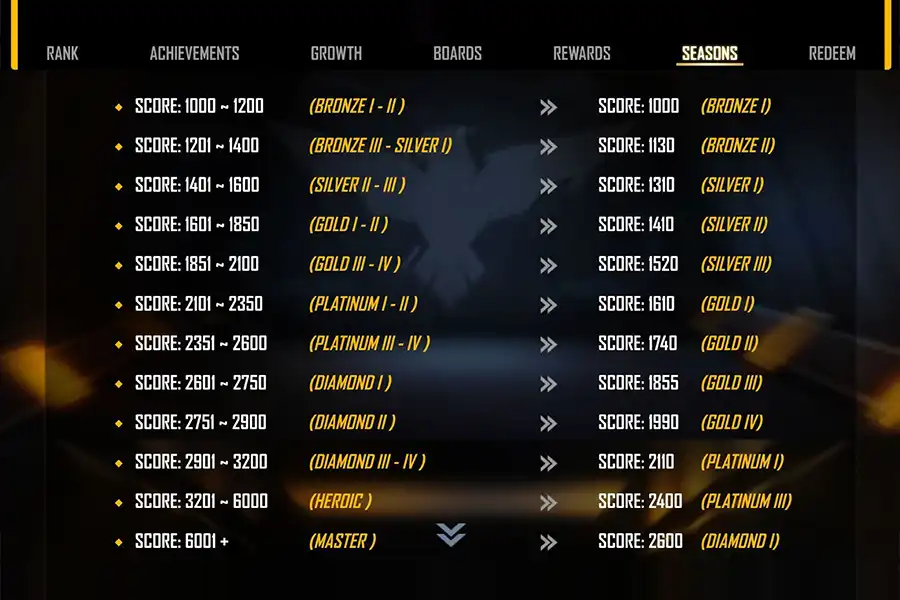
How Ranked Points Are Calculated
Ranked points in Free Fire are based on a combination of in-game performance factors, such as kills, survival time, and match placement. Points are awarded dynamically, encouraging players to excel in both combat and strategic survival.
- Kills: Each elimination grants points, rewarding aggressive but calculated plays.
- Survival Time: The longer players survive, the more points they accumulate, incentivizing strategic playstyles that focus on longevity.
- Placement: Achieving top placements in matches provides a significant points boost, emphasizing the importance of strategy over raw aggression.
A deeper understanding of the Free Fire rank list system allows players to tailor their gameplay and maximize rank progression opportunities.
Read More: Rainbow Six Siege Ranked System
Tips and Tricks for Faster Rank Progression
Climbing the ranks in Free Fire is a thrilling journey combining sharp skills and thoughtful strategy. Here’s how you can accelerate your progression and rise through the ranks:
- Choose the Right Characters
- Free Fire offers a roster of characters, each with unique abilities, such as Kelly’s speed boost or DJ Alok’s healing aura. Selecting characters that complement your playstyle can greatly enhance your effectiveness in matches.
- Experiment with different characters to find the perfect synergy for your team. For instance, a character with a healing ability can support aggressive players who tend to engage often.
- Adjust your character choices based on your role within the team. If you’re playing as support, opt for characters who can provide tactical advantages to your teammates.
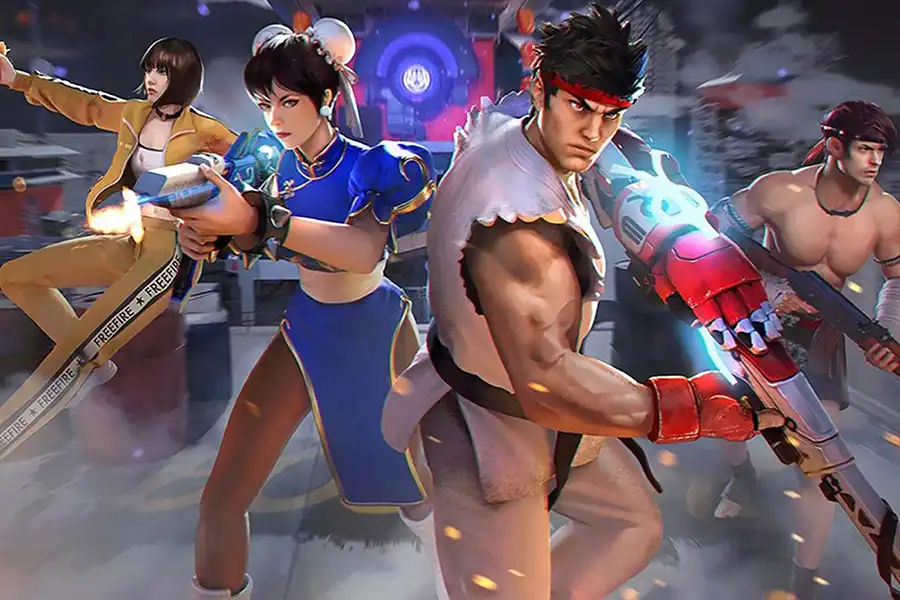
- Master the Maps
- Each map in Free Fire presents distinct challenges and opportunities. Learn the layouts to understand where high-risk areas and safe zones are located.
- Practice landing in different spots to find optimal routes for looting and strategic retreats. Knowing where resources are can give you a crucial early-game advantage.
- Familiarize yourself with chokepoints and vantage positions where you can ambush or defend against other players effectively.
- Play in Squads
- Teamwork is crucial in Free Fire, and playing with a consistent squad helps build the communication and trust needed for smooth coordination.
- Develop strategies together, such as deciding roles (e.g., who leads, who scouts) and practicing maneuvers like pinching or flanking.
- Consistent teamwork can lead to better synchronization during matches, making it easier to capitalize on enemy mistakes and maximize survival.
These elements of preparation and planning ensure that you’re not just reacting to situations but actively shaping them to your advantage, setting the stage for rapid rank advancement on the Free Fire rank list.
Avoiding Common Mistakes in Ranked Play
Progressing through the ranks is as much about avoiding pitfalls as it is about embracing strategies. Here’s what you should steer clear of:
- Rushing Without Strategy
- An all-too-common error is the temptation to rush without assessing the situation. This often leads to getting pinned by better-positioned opponents.
- Always scout areas before committing to combat. Use temporary covers like trees or boulders to assess your surroundings.
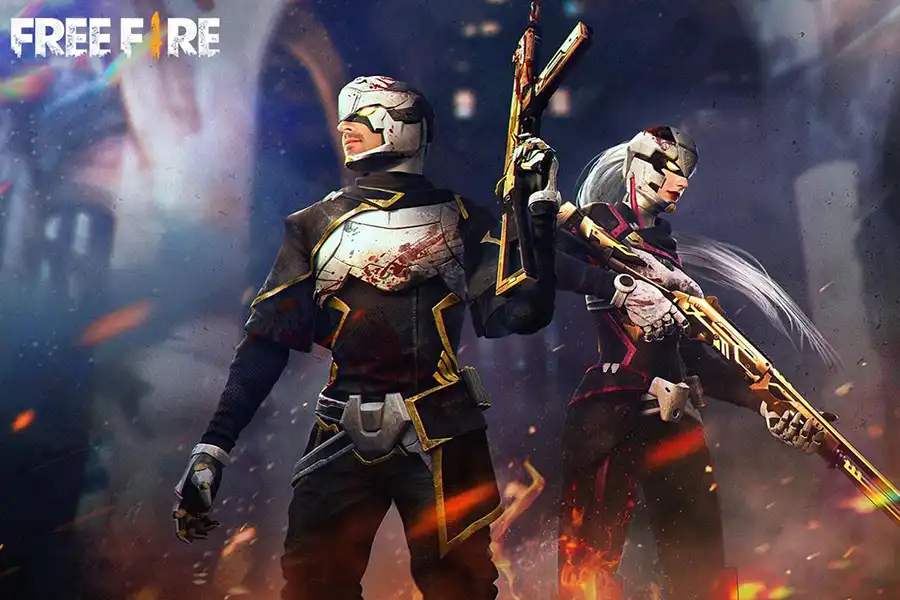
- Ignoring Teamwork
- Successful teams thrive on communication. Failing to share information, such as enemy locations or low resources, can lead to missed chances.
- Use voice or quick chat features to keep teammates informed and coordinated. If necessary, establish a chain of command to make decisions swiftly.
- Misusing Resources
- Guardians of resources are the heart of survival in Free Fire. Squandering supplies, whether ammunition during panic fighting or health kits outside safe zones, can lead to disastrous outcomes.
- Adopt a conservative approach to using critical items. Decide whether engagement or withdrawal is the best option when things are close.
Acknowledging and adjusting these common mistakes helps in maintaining point accumulation and building on each gaming experience more efficiently.
Reaching Grandmaster: Advanced Strategies
For those eyeing the pinnacle of Free Fire’s rankings and the top ranks in the Free Fire rank list, reaching Grandmaster status is a testament to dedication and strategy. Here are advanced tactics to help you achieve this coveted rank:
- Tactical Gameplay
- Develop a versatile strategy that can adapt to different scenarios. Anticipate enemy movements and set ambushes, especially in close-quarters situations.
- Use high ground effectively to gain visibility over opponents and create defensive advantages.
- Precision Positioning
- Master the art of positioning by constantly moving during engagements. This will keep your opponents guessing and reduce your chances of getting hit.
- Learn to use environmental covers intelligently to shield yourself while peeking for opportunities to strike.
- Resource Management
- Plan your inventory carefully. Prioritize important items like grenades for tactical plays and medkits for extended engagements.
- Share resources among the team to ensure everyone is well-equipped for impending skirmishes.
- Psychological Warfare
- Leverage mind-gaming tactics to throw off opponents. Create diversions or audible distractions to deceive and disorient them.
- Observe enemy behavior patterns and exploit predictable actions for your advantage.
By engaging these advanced strategies, players don’t just play the game; they elevate their presence, dictating the pace and flow of a match and potentially an entire tournament. This nuanced approach to gameplay not only aims for higher ranks but also enriches the overall competitive experience.
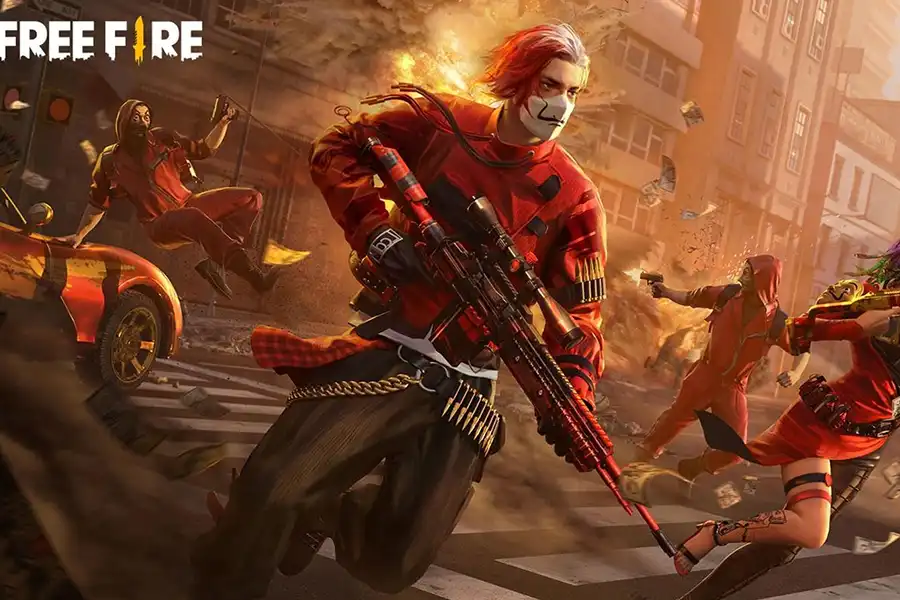
More Strategies You Should Definitely Know About
Understanding Character Dynamics
- Tailoring Playstyles to Character Abilities: Selecting the right character isn’t just about their abilities; it’s about how those abilities synergize with your playstyle and strategy when we discuss the Free Fire rank list. For instance, if you prefer a stealth approach, consider characters with stealth or camouflage skills, allowing you to move undetected. On the contrary, for aggressive playstyles, characters with offensive boosts can amplify your damage output during clashes.
- Adapting to Meta Changes: Like many esports titles, Free Fire frequently updates its meta, influencing which characters are more viable. Stay informed about patch notes and community discussions to adjust your strategies accordingly. Sometimes, an underappreciated character might become valuable due to meta shifts, offering a surprise advantage.
Advanced Map Strategies
- Key Locations and Strategic Points: Each map has hotspots that offer strategic advantages, such as high loot density or tactical high grounds. For example, landing in less contested areas allows for safer looting but may delay your ability to engage with better-equipped enemies. Understand these trade-offs and map-specific quirks to tailor your drop choices based on your strategic plan.
- Navigational Skills and Rotation Tactics: Efficient map navigation is crucial, not just for looting but for rotations during shrinking zones. Plan your routes to avoid conflict until your team is sufficiently geared, or use the terrain to set up ambushes on rotating teams. Mastering rotation can reduce your exposure to enemy fire while securing prime positions as zones shrink.
Squad Coordination and Communication
- Building Effective Squads: Forming a balanced squad involves understanding and utilizing different roles—such as scout, sniper, and support—to cover all tactical aspects and exploit the Free Fire rank list. Encourage each member to specialize or play certain roles based on their strengths, ensuring that the team can handle diverse combat scenarios.
- Enhancing Team Communication: Effective communication is the backbone of squad success. To minimize confusion, develop a simple yet efficient callout system for common in-game occurrences. Regularly debrief after matches to refine strategies and address any teamwork issues or communication lapses.
Resource Management and Battle Economy
- Prioritizing Loot and Resource Allocation: Managing resources wisely can be the difference between victory and defeat. Prioritize collecting essentials like armor upgrades and medkits, but also remember to save inventory space for grenades or traps that can be pivotal in tight encounters. Share excess resources within the squad to keep everyone combat-ready.
- Sustainable Engagement Tactics: Engage enemies when advantageous, considering both your current loadout and resource reserves. Learn to disengage strategically when necessary to preserve resources, opting instead for more favorable combat situations later in the match.
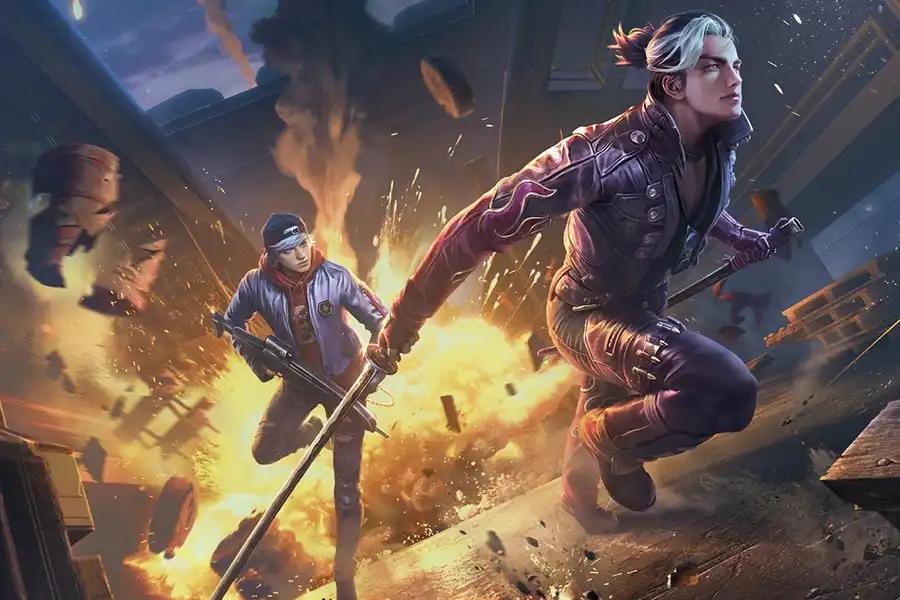
Psychological Tactics in Competition
- Mind Games and Opponent Manipulation: Psychological warfare isn’t just for traditional war settings; it’s crucial in esports. Feign weakness by baiting opponents into traps or using sound to simulate movement, throwing off enemy expectations.
- Developing Composure Under Pressure: Maintaining calm and making calculated decisions under fire separates top-tier players from the rest through the Free Fire rank list. Practice stress management techniques and develop a mental checklist to ensure focus during high-pressure moments. This composure enables better tactical assessments and adjustments mid-game.
Continuous Improvement and Adaptation
- Learning from Each Match: Treat each match as a learning opportunity. Review gameplay footage to identify tactical errors or successful maneuvers. This self-assessment allows you to continuously refine your strategies and improve your weaknesses.
- Staying Updated with Game Evolution: As Free Fire evolves, keeping up-to-date with the latest changes is essential. Engage with the community through forums, watch professional streams, and absorb lessons from top players. Staying ahead of the curve regarding strategic shifts can provide a substantial edge over competitors.
By integrating these detailed elements into your gameplay, players can approach Free Fire with a holistic strategy encompassing character management, tactical map control, efficient resource use, and psychological insights. These enhancements contribute to better individual performance and significantly boost team dynamics, paving the way for fresh avenues of growth and success in ranked matches.
Read More: How does the rank system work in CoD Mobile?
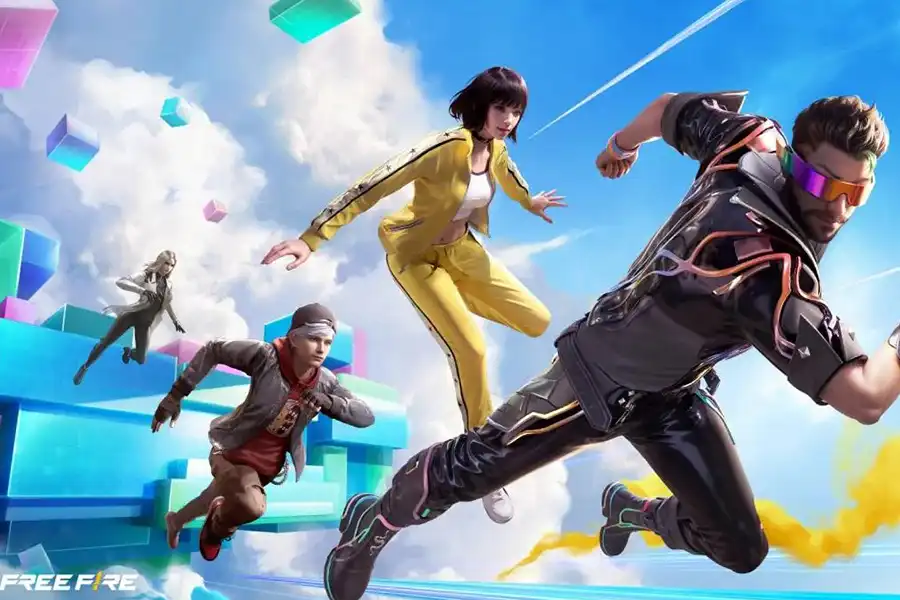
Conclusion
Embarking on a journey inside the Free Fire rank list system is as much about personal development as it is about competition. By understanding the intricacies of the ranking system, players can better prepare for the challenges that await them. As hosts, you can provide a comprehensive and engaging tournament experience that highlights the skills of your participants and keeps them coming back for more. Through careful planning, strategic play, and continuous learning, players can achieve their rank goals and find immense satisfaction in their climbing efforts.
FAQs
What happens if I lose a ranked match in Free Fire?
Losing a ranked match can result in a deduction of rank points, especially if your performance in terms of survival time, kills, and placement is low. However, maintaining consistent performance will help counteract these losses over time.
Are there specific times when rank resets occur in Free Fire?
Yes, Free Fire has ranked season resets, typically occurring every few months. During a reset, player ranks are adjusted downward by one tier lower, providing a fresh challenge to climb the ranks again.
Can I play ranked matches with friends who are in different ranks?
Yes, you can team up with friends of different ranks, but your team’s match will be set against opponents around the highest rank present. This means you might face tougher competition than if you are playing within your rank tier.
